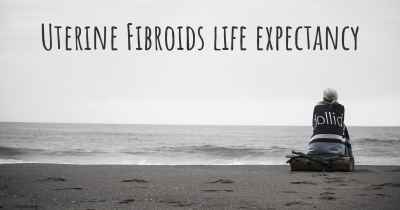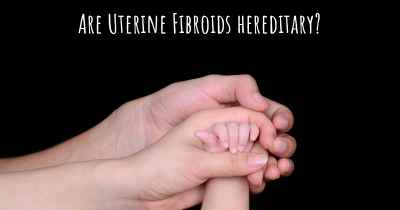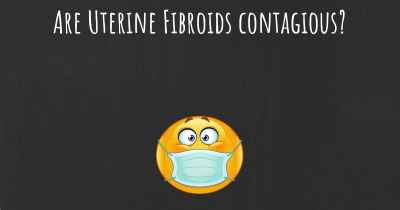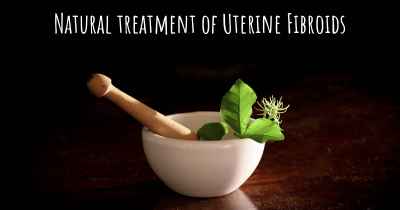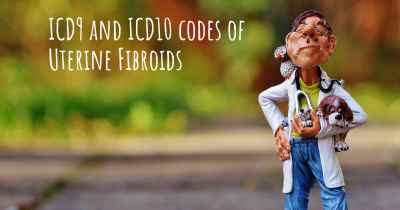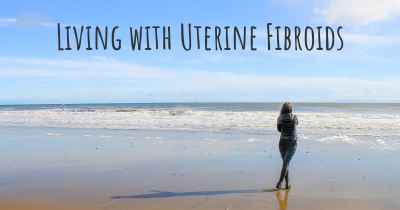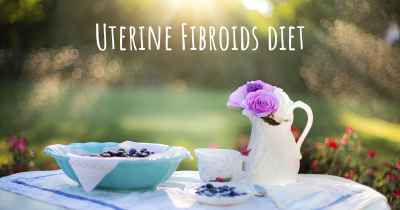Which are the causes of Uterine Fibroids?
See some of the causes of Uterine Fibroids according to people who have experience in Uterine Fibroids
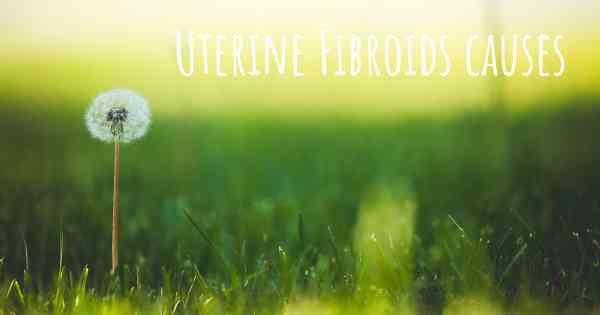
Uterine fibroids, also known as leiomyomas, are non-cancerous growths that develop in the uterus. These growths are quite common, affecting a significant number of women during their reproductive years. While the exact cause of uterine fibroids is not fully understood, several factors have been identified as potential contributors to their development.
1. Hormonal Imbalance:
A hormonal imbalance, particularly an excess of estrogen, is believed to play a crucial role in the development of uterine fibroids. Estrogen is known to promote the growth of the uterine lining during the menstrual cycle. When estrogen levels are high, such as during pregnancy or when taking hormone replacement therapy, the risk of fibroid growth increases. Additionally, fibroids tend to shrink after menopause when estrogen levels decline.
2. Genetic Predisposition:
There is evidence to suggest that genetic factors may contribute to the development of uterine fibroids. Women with a family history of fibroids are more likely to develop them themselves. Certain genetic mutations and alterations in specific genes have been associated with an increased risk of fibroid formation.
3. Growth Factors:
Growth factors, such as insulin-like growth factor (IGF), have been implicated in the development of uterine fibroids. These growth factors stimulate the growth of cells, including the cells in the uterine muscle, which can lead to the formation of fibroids.
4. Race and Ethnicity:
Studies have shown that race and ethnicity can influence the likelihood of developing uterine fibroids. African-American women are more prone to fibroids compared to women of other ethnicities. They also tend to develop fibroids at a younger age and have more severe symptoms. The reasons behind these racial disparities are not yet fully understood.
5. Obesity:
Obesity has been identified as a potential risk factor for uterine fibroids. Excess body weight can lead to hormonal imbalances, particularly elevated estrogen levels, which can contribute to fibroid growth. Additionally, obesity is associated with chronic inflammation, which may also play a role in fibroid development.
6. Age and Reproductive Factors:
The likelihood of developing uterine fibroids increases with age, peaking in the 30s and 40s and declining after menopause. Reproductive factors such as early onset of menstruation, nulliparity (never giving birth), and late menopause have also been associated with an increased risk of fibroids. The exact mechanisms behind these associations are not yet fully understood.
7. Other Factors:
Other potential factors that may contribute to the development of uterine fibroids include certain medications (e.g., tamoxifen), a history of pelvic infections, and exposure to environmental toxins. However, more research is needed to establish the significance of these factors.
In conclusion, while the exact cause of uterine fibroids remains unclear, a combination of hormonal imbalances, genetic predisposition, growth factors, race/ethnicity, obesity, age, and reproductive factors are believed to contribute to their development. Understanding these potential causes can help in the development of better prevention strategies and treatment options for women affected by uterine fibroids.
